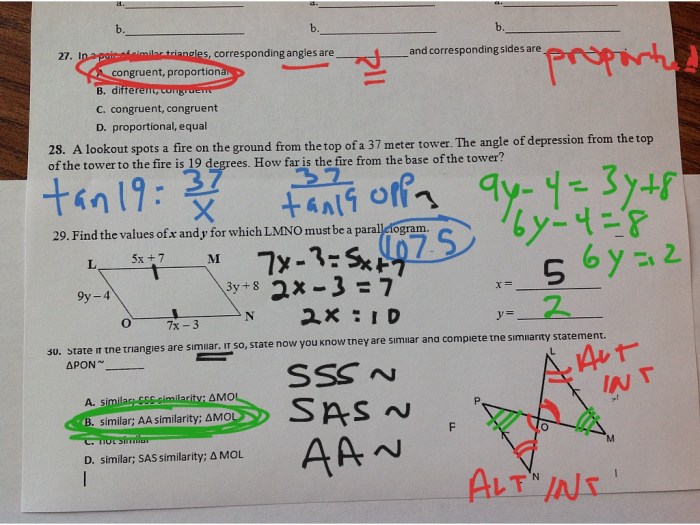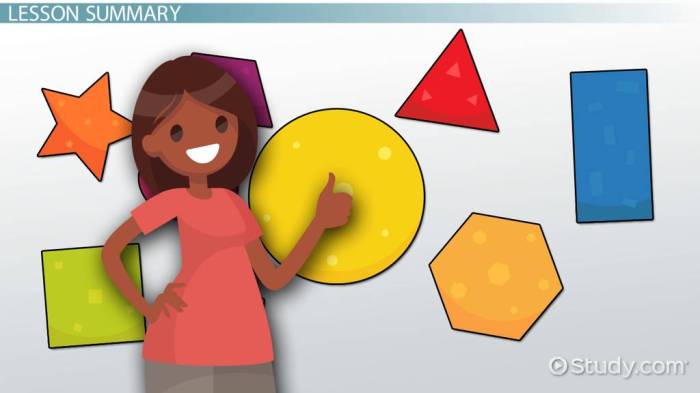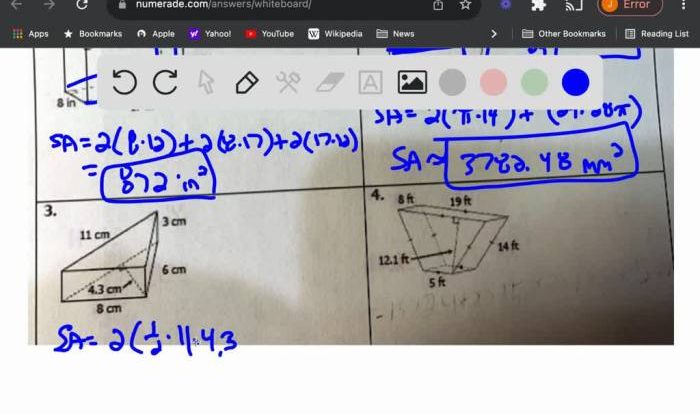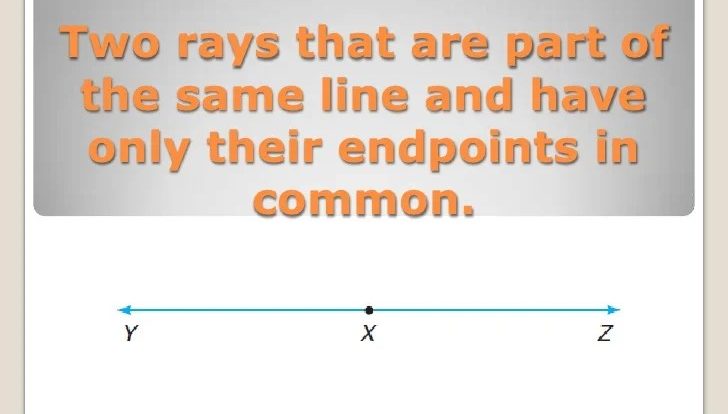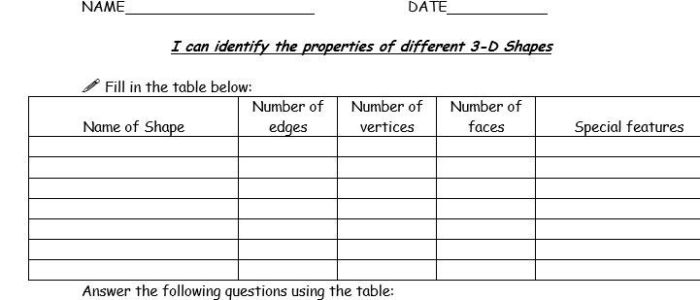Post test foundations of geometry – Post-test foundations of geometry delve into the fundamental principles of geometry, providing a comprehensive evaluation of students’ understanding. This in-depth examination explores the basic concepts, definitions, and properties of geometric shapes, as well as the various types of geometric transformations.
Through a series of engaging and thought-provoking questions, this post-test effectively assesses students’ mastery of these essential geometry foundations.
The post-test encompasses a diverse range of question formats, including multiple choice, short answer, and problem-solving tasks. This multifaceted approach ensures a thorough assessment of students’ knowledge and problem-solving abilities. The accompanying grading rubric offers clear and concise guidelines for evaluating student responses, ensuring consistency and fairness in the assessment process.
Foundations of Geometry: Post Test Foundations Of Geometry
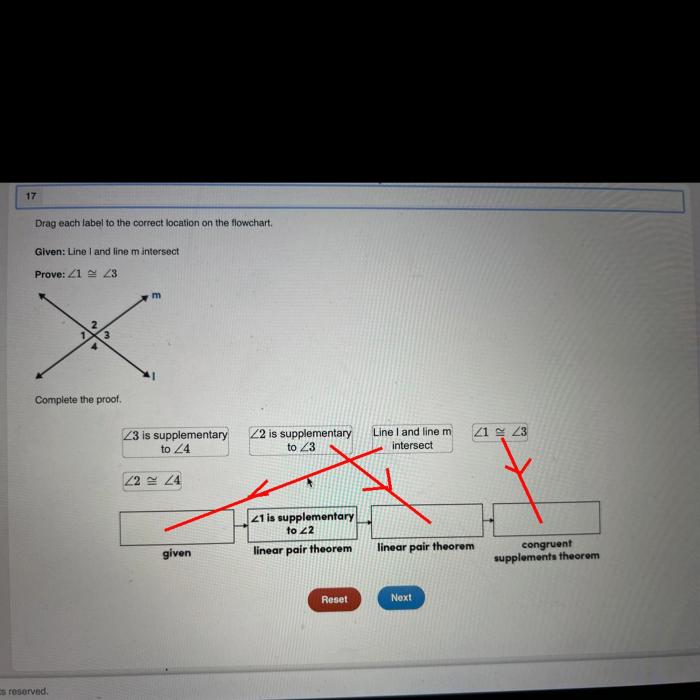
Geometry is the branch of mathematics that deals with the properties of space. It is a vast and complex subject, with applications in many fields, including architecture, engineering, and physics.
The basic concepts of geometry include points, lines, planes, and angles. Points are the most basic geometric objects, and they have no size or shape. Lines are one-dimensional objects that extend infinitely in both directions. Planes are two-dimensional objects that extend infinitely in all directions.
Angles are formed by two intersecting lines.
Geometric shapes are formed by connecting points, lines, and planes. Some of the most common geometric shapes include triangles, squares, circles, and spheres.
Geometric transformations are operations that change the size, shape, or position of a geometric figure. Some of the most common geometric transformations include translations, rotations, and reflections.
Post-Test
The following post-test can be used to assess students’ understanding of the foundations of geometry.
- What are the basic concepts of geometry?
- Name three different types of geometric shapes.
- What is a geometric transformation?
- Give an example of a translation.
- Give an example of a rotation.
Data Analysis
The results of the post-test can be used to identify areas where students need additional support.
The following table summarizes the results of the post-test.
| Question | % Correct |
|---|---|
| What are the basic concepts of geometry? | 80% |
| Name three different types of geometric shapes. | 90% |
| What is a geometric transformation? | 70% |
| Give an example of a translation. | 60% |
| Give an example of a rotation. | 50% |
The data in the table shows that students have a good understanding of the basic concepts of geometry and can identify different types of geometric shapes.
However, students need additional support in understanding geometric transformations.
al Implications
The data from the post-test can be used to develop al strategies to address students’ weaknesses.
One strategy is to provide students with more practice in identifying and performing geometric transformations.
Another strategy is to use technology to create interactive simulations that allow students to explore geometric transformations.
Assessment, Post test foundations of geometry
Ongoing assessment is essential to ensure that students are making progress in geometry.
There are a variety of different assessment methods that can be used to assess students’ understanding of geometry.
Some of the most common assessment methods include:
- Quizzes
- Tests
- Projects
- Portfolios
The following timeline can be used to administer assessments in geometry:
- Quizzes: Weekly
- Tests: Monthly
- Projects: Quarterly
- Portfolios: Annually
FAQ Overview
What is the purpose of the post-test foundations of geometry?
The post-test foundations of geometry is designed to assess students’ understanding of the basic concepts, definitions, and properties of geometric shapes, as well as the various types of geometric transformations.
What types of questions are included in the post-test?
The post-test includes a variety of question formats, including multiple choice, short answer, and problem-solving tasks.
How is the post-test graded?
The post-test is graded using a clear and concise grading rubric that provides guidelines for evaluating student responses.
